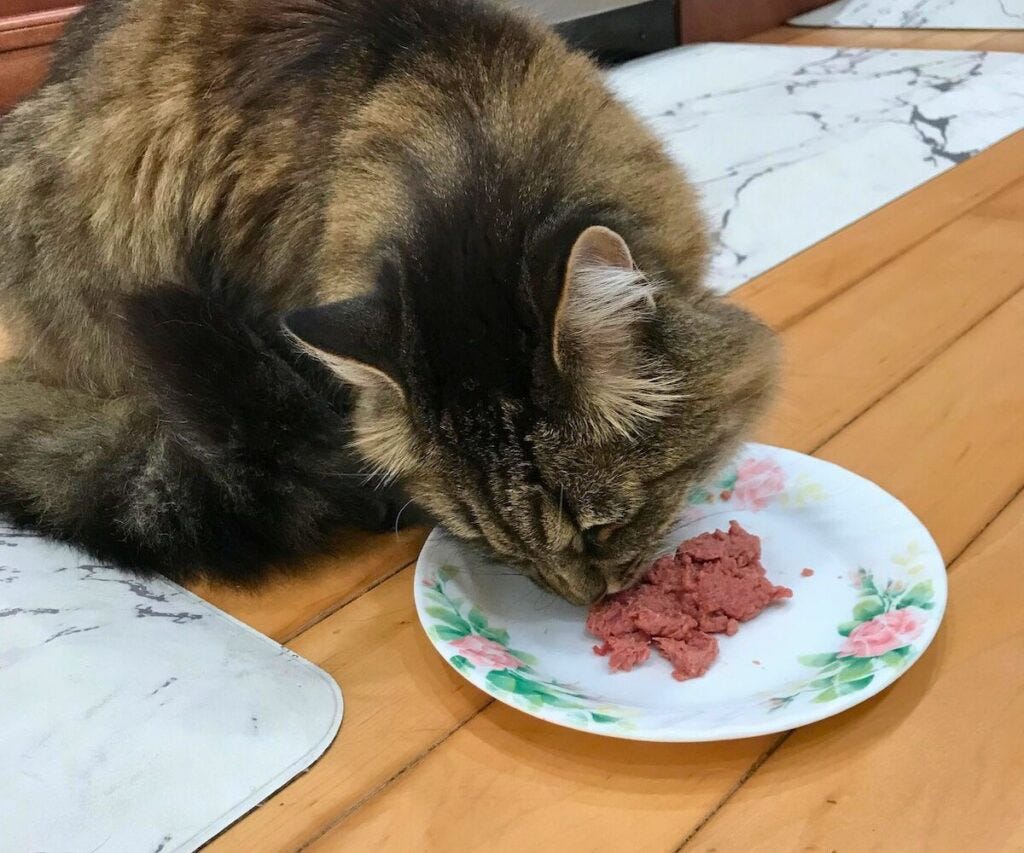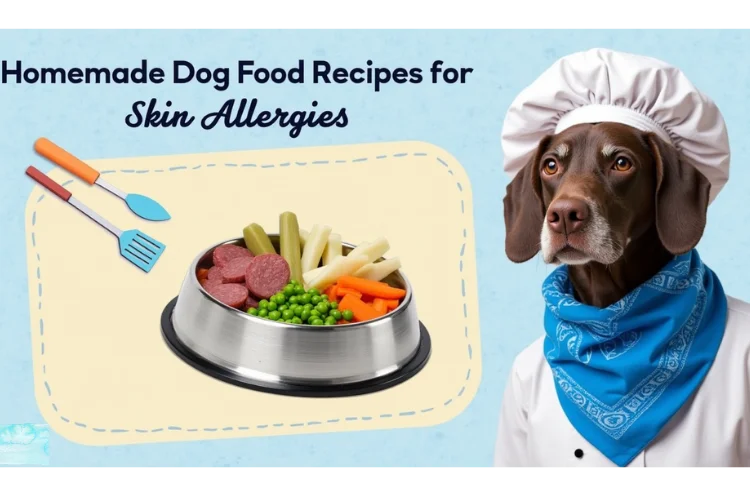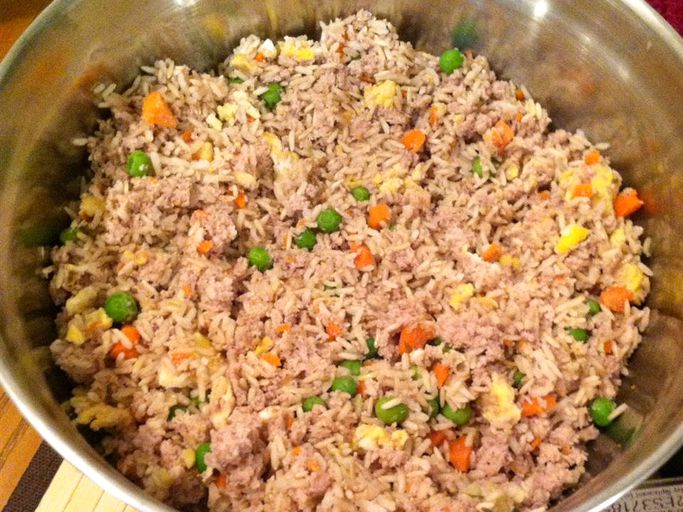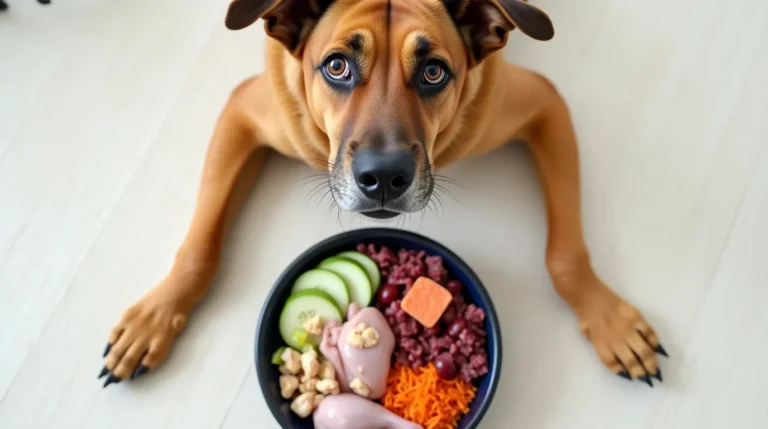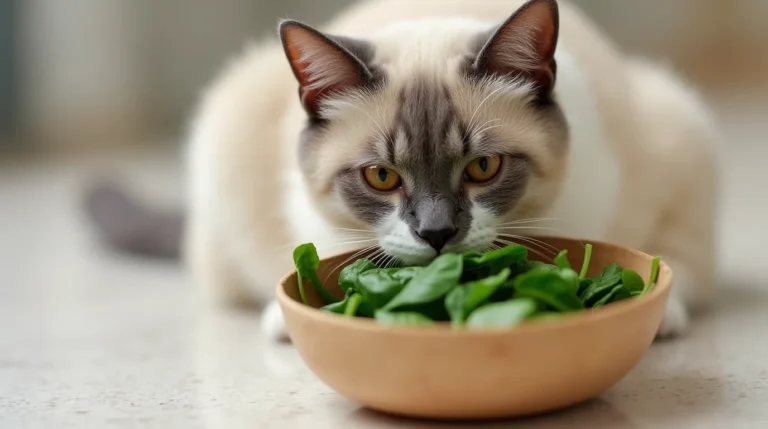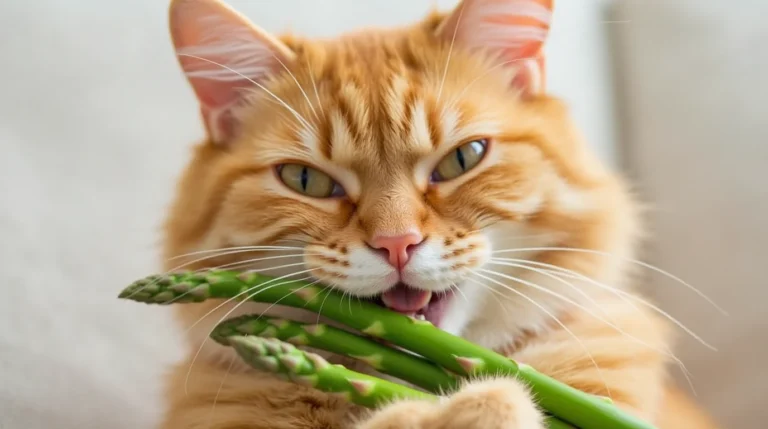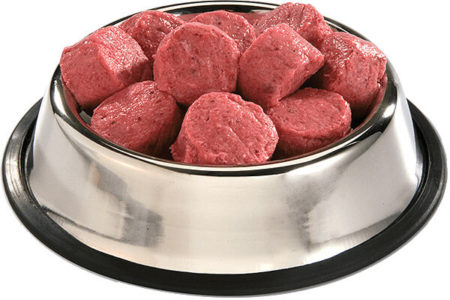Many pet owners are switching to raw cat food as a natural, high-protein diet that mimics what cats eat in the wild. With claims of improved digestion, shinier coats, and fewer allergies, raw feeding has become a hot topic among feline enthusiasts.
But is raw cat food the best option for your pet? In this article, we will explore the nutritional benefits of this food.
We will also discuss the risks and sourcing practices. Finally, we will compare it to other premium cat foods. If you are thinking about a homemade raw diet or store-bought raw meals, this guide will help you decide.
What Is Raw Cat Food?
Raw cat food is a biologically appropriate diet (BARF). It includes uncooked meats, organs, bones, and sometimes vegetables or supplements. The goal is to replicate a cat’s natural diet in the wild, which primarily includes raw prey.
Two main types of raw cat food exist:
- Homemade Raw Diet: Pet owners prepare meals using fresh ingredients.
- Commercial Raw Cat Food: Pre-packaged raw meals that are frozen or freeze-dried for convenience.
Raw diets typically include:
- Muscle meat (chicken, beef, turkey, rabbit, etc.)
- Organ meats (liver, kidney, heart, etc.)
- Raw bones (for calcium and dental health)
- Eggs, fish, or supplements for balanced nutrition
Key Features and Benefits of Raw Cat Food
1. High-Quality Protein for Optimal Health
- Cats are obligate carnivores, meaning they require a diet high in animal protein.
- Raw diets provide unprocessed, bioavailable protein, supporting strong muscles and healthy development.
2. Grain-Free and Free from Fillers
- Many commercial cat foods contain grains, soy, and artificial preservatives.
- Raw cat food eliminates unnecessary fillers, making it easier for cats to digest.
3. Improved Digestion and Reduced Allergies
- Many pet owners report fewer digestive issues and less vomiting after switching to raw food.
- Eliminating grains and artificial additives can reduce food allergies and skin irritations.
4. Healthier Skin and a Shinier Coat
- Raw diets contain essential fatty acids like Omega-3 and Omega-6, promoting soft, shiny fur.
- Many cats experience less shedding and reduced dandruff on a raw diet.
5. Stronger Teeth and Better Dental Health
- Chewing raw bones naturally removes plaque and tartar, reducing the risk of dental disease.
- Raw food does not contain starchy fillers, which can contribute to gum issues.
6. Increased Energy and Leaner Body Weight
- Cats on raw diets often have higher energy levels because of the nutrient-dense food.
- Raw feeding helps maintain a healthy weight by eliminating excess carbohydrates.
Why Pet Owners Love Raw Cat Food
Pet owners trust raw feeding because it provides:
✅ A natural, species-appropriate diet that mimics what wild cats eat.
✅ Better control over ingredients—no artificial colors, preservatives, or mystery fillers.
✅ Ethically sourced meats—some brands focus on humanely raised, organic, or pasture-fed animals.
✅ Improved stool quality—raw-fed cats often produce smaller, less smelly stools because of better digestion.
How Raw Cat Food Compares to Other Premium Cat Foods
Raw Cat Food vs. Traditional Kibble & Wet Food
FeatureRaw Cat FoodKibble (Dry Food)Wet (Canned) FoodProtein QualityHigh (fresh, unprocessed)Lower (processed)ModerateGrain-Free?YesUsually contains grainsSome brandsDental BenefitsYes (bones clean teeth)NoNoDigestibilityHighModerateHighStorageNeeds refrigeration/freezingShelf-stableRefrigeration after openingConvenienceRequires prepEasiest optionEasy
Raw cat food offers better protein and is easier to digest. However, it needs more preparation and careful storage compared to regular cat food.
Advantages and Disadvantages of Raw Cat Food
✅ Advantages
✔️ Provides high-quality, bioavailable protein essential for feline health.
✔️ Eliminates grains, fillers, and artificial additives.
✔️ May improve digestion, coat health, and energy levels.
✔️ Helps maintain healthy teeth and gums.
✔️ Customizable—pet owners can control ingredients and sourcing.
❌ Disadvantages
❌ Bacterial Risks – Raw food can contain Salmonella or E. coli if not handled properly.
❌ Nutritional Imbalances – Homemade raw diets require careful supplementation to avoid deficiencies.
❌ More Expensive – High-quality raw ingredients cost more than kibble.
❌ Storage & Preparation – Requires refrigeration/freezing and safe handling to prevent contamination.
❌ Not Ideal for All Cats – Cats with weak immune systems may be more susceptible to bacterial infections.
FAQs About Raw Cat Food
1. Is raw cat food good for cats with allergies?
Yes! Many cats with grain, soy, or artificial additive allergies benefit from raw diets, as they eliminate common allergens.
2. What are the main ingredients in raw cat food?
A good raw diet has muscle meat, organ meat, raw bones, and important supplements. These include taurine and Omega-3 fatty acids.
3. How is raw cat food different from other cat food brands?
Raw food is unprocessed and does not contain grains, fillers, or artificial preservatives. This makes it more like a cat’s natural diet than kibble or wet food.
4. Can I make raw cat food at home?
Yes, but it requires careful planning to ensure proper nutrient balance. Many pet owners prefer commercial raw brands for convenience and safety.
5. Are there risks to feeding raw cat food?
Yes, raw food can contain harmful bacteria if not handled properly. Using high-quality, fresh meat and following safe food handling practices is important.
Conclusion
Raw cat food offers a nutritionally dense, natural diet that many pet owners swear by. It has many health benefits. These include better digestion, healthier coats, and improved dental health.
However, it also has challenges. These challenges include higher costs, bacterial risks, and more preparation time.
If you are thinking about switching to raw feeding, talk to your veterinarian. They can help make sure your cat gets the right nutrients.

